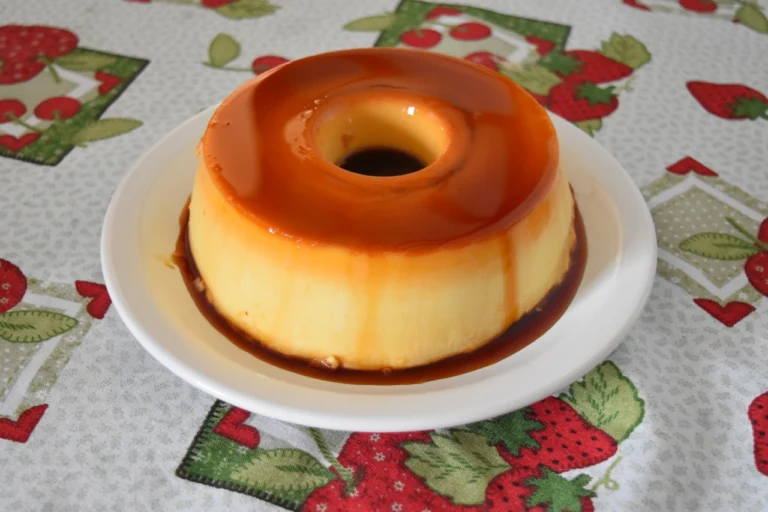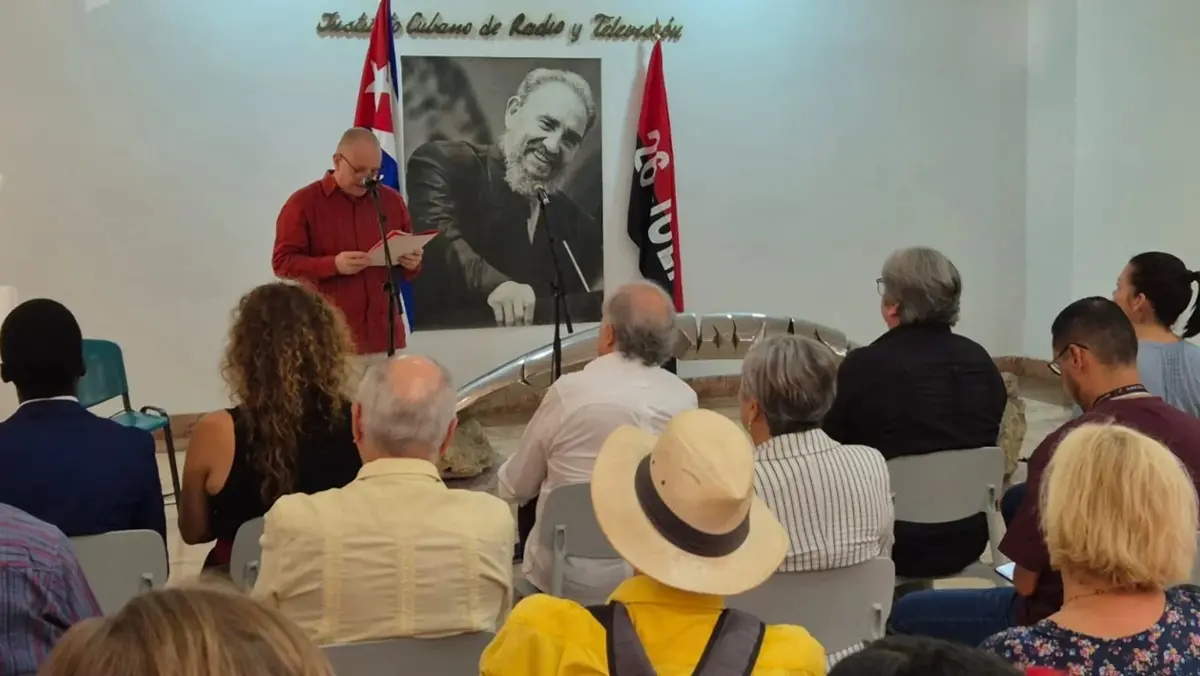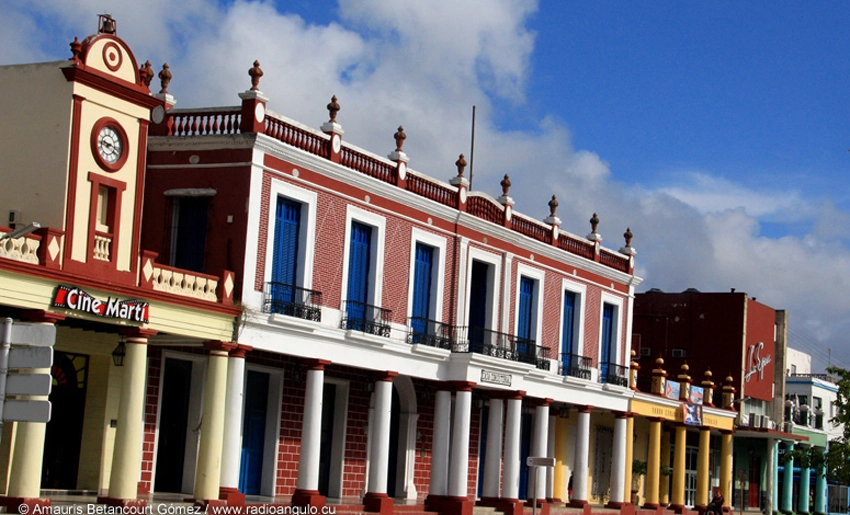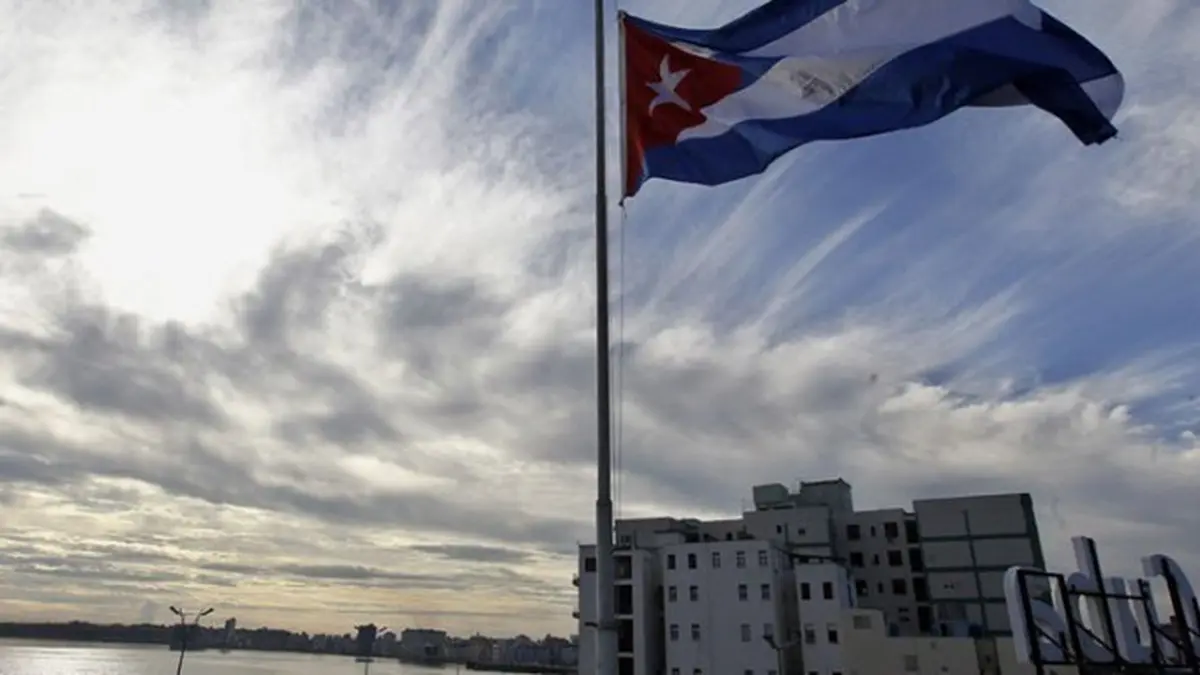Bayamo’s Sweet Legacy Fuels Bid for UNESCO Creative City in Gastronomy

July 23, 2025 Hour: 2:41 pm
With a culinary tradition dating back to the 16th century and enriched by colonial contraband, independence wars, and family innovation, the city of Bayamo is making a compelling case to be recognized as a UNESCO Creative City in Gastronomy.
From the cassava bread praised by Fray Bartolomé de Las Casas as “the bread of the Indians that never spoils,” Bayamo has cultivated a gastronomic identity that blends Taíno roots, African techniques, and European and Asian ingredients introduced by pirates and corsairs.
At the heart of this movement is the regional pastry event “La Primera Carreta”, which showcases traditional sweets like matahambres, rosquitas, and ciruelas borrachas—not merely confections, but edible archives of Cuba’s revolutionary past. Historian Domingo Cuza emphasized that these treats once served as currency among mambises, Cuba’s independence fighters.
Even Carlos Manuel de Céspedes, the Father of the Nation, wrote in his diary about receiving matahambres wrapped in banana leaves while in San Lorenzo. During wartime sugar shortages, rebels turned guarapo into raspadura and molasses, sweetening life in the manigua with drinks like frutanga, sangumbia, and ponche mambí.
Bayamo’s geographic crossroads—between mountains, the Cauto River, and the Gulf of Guacanayabo—nurtures a fusion of flavors: cilantro from Victorino, cheeses from the plains, and Cauto oysters, featured in dishes like catibía and bollo prieto, creating a culinary profile that defies replication.
“We are creative out of necessity and pride,” Cuza declared, noting that UNESCO recognition would elevate gourmet tourism and honor families like the Miniet, guardians of century-old recipes. Women, central to Bayamo’s pastry tradition, are also leading the charge in local economic development.
The event’s program includes workshops, pastry competitions, product showcases, and business presentations, all reinforcing the role of women in preserving and evolving Bayamo’s culinary heritage.
Initiatives promote intergenerational knowledge exchange, artisan product exhibitions, and collaboration among entrepreneurs, artists, and producers, strengthening Bayamo’s gastronomic identity.
Participants stressed the urgency of safeguarding ancestral recipes, especially those passed down by families like the Miniet, whose sweets are considered cultural treasures.
The event’s name, La Primera Carreta, pays homage to an 1857 letter published in the Eco de Manzanillo, where a writer requested a shipment of masapapas, ahogagatos, roscas blandas, and ciruelas borrachas to impress a Spanish captain—proof of Bayamo’s long-standing culinary pride.
As Bayamo sweetens its path toward international recognition, it offers more than desserts—it offers a taste of history, resilience, and cultural ingenuity.
Author: OSG






